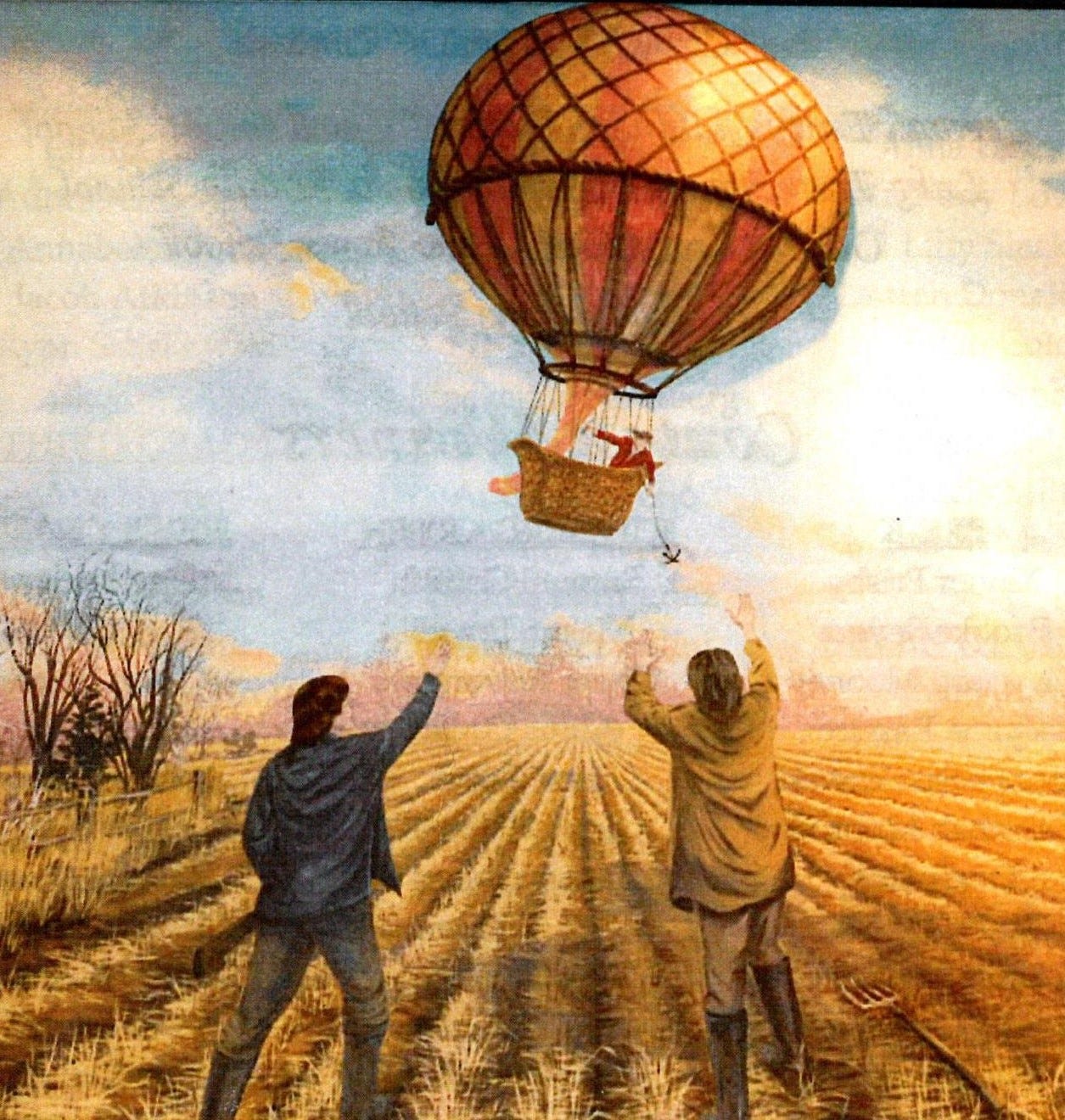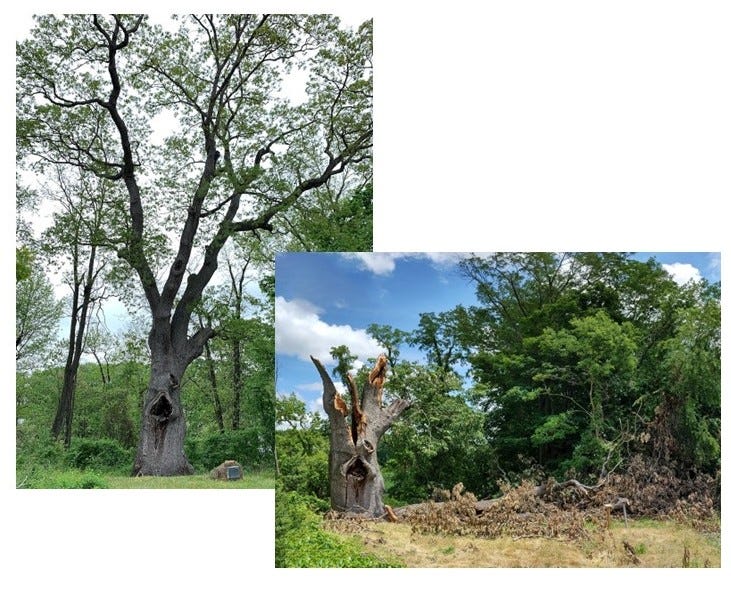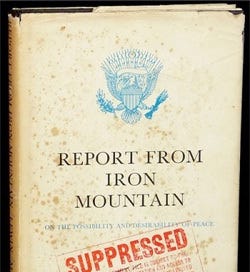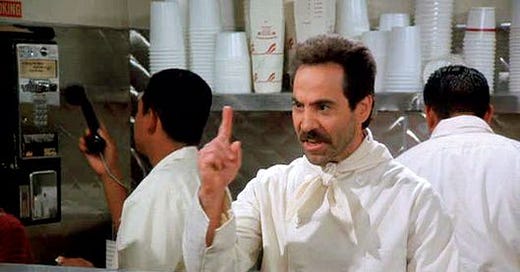

Discover more from Frederick R. Smith Speaks
First Flight 1793 and the Finest Part 3 - First Landing and Beyond
After staging a few more balloon flights with animal passengers, Blanchard returned to Europe in May of 1797
What sweet ecstacies take possession of the soul of a mortal, who leaving the terrestrial abode, soars into the ethereal regions! and to what a degree of felicity would these transports be raised, by the exuberant and variegated aspects of nature, when she, in the season of her fecundity, spreads before the eyes of the husbandman the reward of his labor in the rich and various produce of the earth!
Jean-Pierre-François Blanchard (Journal of January 9, 1793)
Part 3 - First Landing and Beyond
Blanchard’s balloon traveled southward and eastward, crossing the Delaware River at Gloucester City, New Jersey. Blanchard released some hydrogen gas and ballast, then descended. He landed at a farm field in Deptford Township about 15 miles from Philadelphia. Incorporated in 1695, Deptford covered an area of about 106 square miles and included West Deptford, Washington Township, Monroe, Westville, Woodbury, and Woodbury Heights. Today’s 18 square mile Deptford, which took its name from a small town in Kentshire, England, was one of the original townships of Gloucester County. Settled in 1623 by the Dutch under Cornelius Jacobse Mey, the Swedes and the Finns later claimed it before coming under British control.
The balloon traveled 15 miles in 46 minutes (20 mph), and Blanchard recorded placing his feet on the ground at 10:56 am. He found his instruments well preserved except for the barometer because its length prevented placement in the seat box. Blanchard landed near Big Timber Creek and the massive “Clement Oak Tree.” It is a White Oak and is likely to have sprouted between 1555 and 1615. Writings suggest it was a Lenape Indian landmark before Europeans arrived in America.
Upon final approach to landing, two Jersey farmers saw the ballon. One was so terrified, thinking that Blanchard was a hostile “sky man,” he ran to his house. He got a musket to defend himself, then dropped it and lifted his hands in prayer. Writings suggest the other witness banished a pitchfork. It was in vain that Blanchard called to them to help in mooring his balloon. It was not until some citizens of Philadelphia came up, who had followed on horseback, that he landed.1
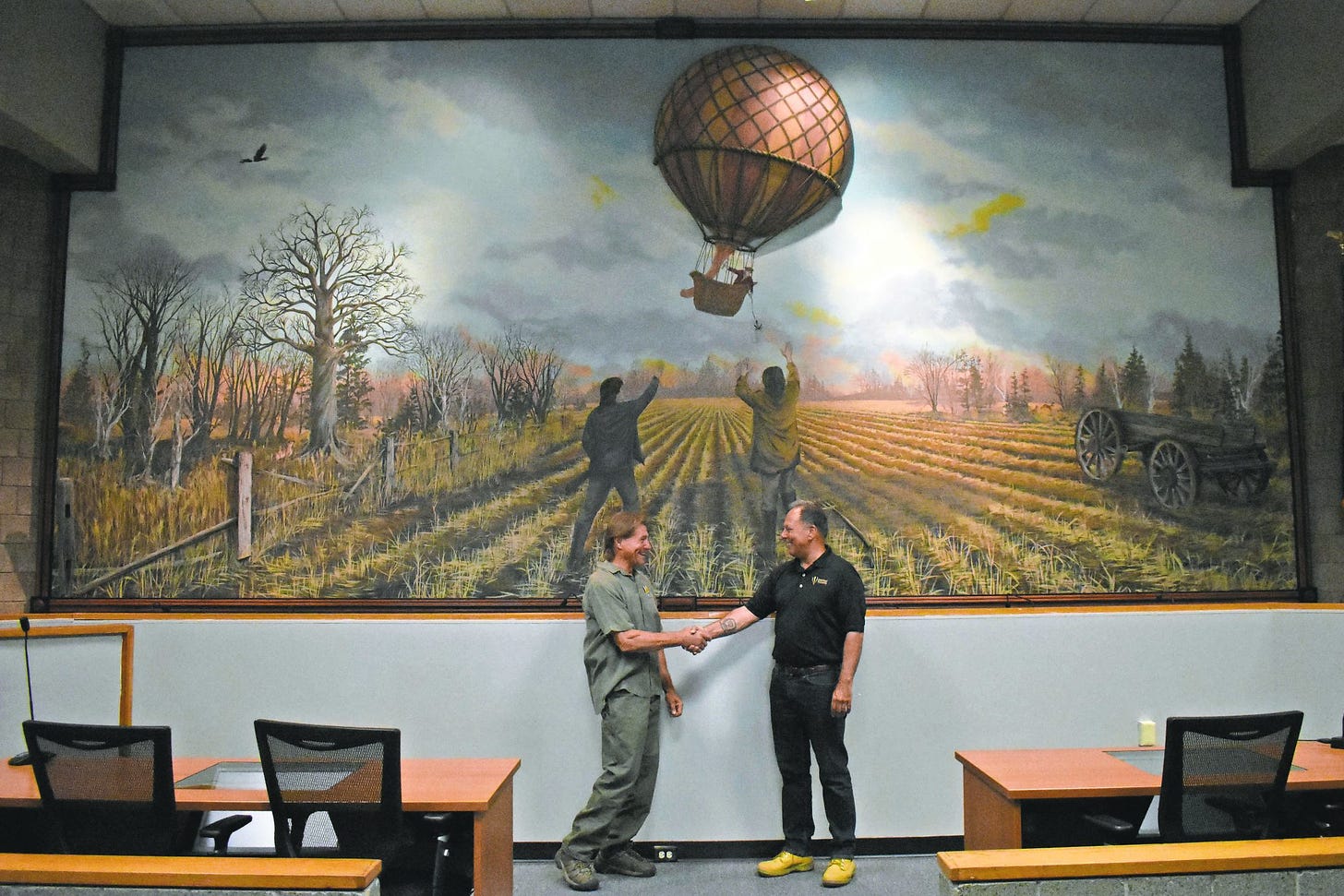
Greeting the growing crowd, Blanchard presented the credentials he got from President Washington. The letter had the intended effect. The locals helped Blanchard pack up and find transport back to Philadelphia.
The landing site is now the Deptford Landing Shopping Center site on Clements Bridge Road. Unfortunately, the historic site sees little maintenance. A storm demolished the oak tree in June 2021.
For men folded the balloon and placed it in the basket. They carried the package 200 yards to a small house. A gentleman offered Blanchard a horse, but he declined as he was unfamiliar with the soundings. Blanchard and his new helpers walked to a neighboring house. The resident offered him food in the form of potatoes. Anxious for a return to Philadelphia, he declined the offering. After that, the locals loaded Blanchard’s “apparatus” onto a cart, and he mounted a horse not “so spirited as the first.” He proceeded with “… company of a great number of horseman three miles to a tavern, where a dinner was prepared for us.” Blanchard met Sheriff Jonathan Penrose, Esquire, who offered him a seat in his carriage. Penrose took Blanchard to the banks of the Delaware River to catch Cooper’s Ferry. Back in Philadelphia, Penrose and the other adventurous Philadelphians escorted Blanchard.
The local men who saw the landing signed a certificate of witness and it read:
These may verify we the subscribers saw the bearer, Mr. Blanchard, settle in his balloon in Deptford Township county of Gloucester, in the Sate of New Jersey, about fifteen miles from Philadelphia, about 10 ‘o’clock 56 minutes A.M. Witness our hands the ninth day of January Anno Domini, 1793.
Edward Bolton,
Joseph Griffith,
Joseph Cheesman,
Samuel Taggart,
Amos Castell,
Zara North
A cheering crowd of well-wishers formed lines in Philadelphia to shake Blanchard’s hand. At 7:00 p.m., he paid his respects to President Washington and presented him with the flag he had borne aloft on his epic flight. Later, Dr. Benjamin Rush, in a letter to a colleague, wrote:
For some time days past the conversation in our city has turned wholly upon Mr. Blanchard’s late Aerial Voyage. It was truly a sublime sight. Every faculty of the mind was seized, expanded and captivated by it, 40,000 people concentrating their eyes and thoughts at the same instant, upon the same object, and all deriving nearly the same degree of pleasure from it.
Thomas Mifflin, Governor of Pennsylvania, permitted Blanchard to construct an exhibition room. Located on the Governor’s Chestnut Street lot, Blanchard regrouped. He began advertising a second American ascension, his 46th aerial flight, accompanied by his patron, Joseph Ravara. This time he was going to be sure that he paid expenses beforehand. But, without protecting the prison walls, the ballon sustained damage. Federalist hoodlums likely tossed stones. Blanchard remained in Philadelphia, attempting to raise money to stage more ascensions. Misfortune plagued his efforts. Undeterred, Blanchard built a small museum, where he charged a small fee for visitors to see his balloon and basket and a fanciful invention. It was a wheeled carriage with an eagle flapping wings, creating the illusion that the wings were powering the vehicle.
In June 1793, Blanchard turned to another extravaganza to attract customers. He launched animals into the sky in tethered balloons. On June 5, he entertained Philadelphians with a “falling screen” (parachute). Three live animals, a dog, a cat, and a squirrel, went sent up in a balloon—a slow-burning fuse disengaged the basket after a specific time. The experiment was a success. The released basket fell into the Delaware River. The parachute opened as the animals fell and deposited them to the ground near Bush Hill. Many attended, but again most watched from the street and hillside. Few attended from within the rotunda due to the admission of fifty cents. Blanchard tried again on June 17, and animals landed at the Friends’ Burying Ground on Arch Street. But once again, the public remained outside. Finally, on June 21, a third attempt occurred; this time, it was a moneymaker. Spectators filled the rotunda. The balloon floated in the air in four minutes—a record, Blanchard announced. Three minutes later, “the parachute detached itself, taking about a minute to reach the ground.” The whole experiment succeeded.
In the autum of 1793, Blanchard arrived in Charleston, South Carolina, where he attempted to raise money. He found little interest in another balloon flight. Blanchard then traveled to Boston where he sparked interest in ballooning. However, Jeffries his former co-voyager across the English Channel sued him for $370 and won. That forced Blanchard to go back to Philadelphia.
Other performances followed at the rotunda on Chestnut Street in Philadelphia. Blanchard attempted to get funds for another flight. Models of balloons and “philosophical equipment” were on display. In 1794, Blanchard advertised again for a public subscription. He would make his 46th flight if he could get the equipment necessary for filling his balloon with the proper amount of gas. But the equipment was not available. He declared that he would attempt no further voyage “... until the arts are brought to such perfection as to furnish him with the means necessary to success.”
Blanchard departed Philadelphia for the last time in 1795 during a yellow fever epidemic and he moved to New York. There, he partnered with showman Gardiner Baker but he faced dwindling financing. Blanchard moved into a “balloon house” to construct a new balloon, but tragedy struck. In 1796, a windstorm destroyed the house. Blanchard’s 16-year-old son Julien Joseph sustained fatal injuries while working on the roof. Historical records are unclear if he and any successful flights while in New York.
Blanchard traveled back to France in May of 1797 after staging a few more balloon flights with animals on board. In August he returned to the sky in Rouen, France, one of 15 more balloon ascensions.
In 1808, Blanchard had a heart attack or stroke during his 60th flight. That occurred in Hague, in the Netherlands and he fell more than 50 feet from the balloon and never recovered from his injuries. He died in 1809 at the age of 56. Blanchard’s wife Marie-Madeleine-Sophie continued ballooning, She became Europe’s best-known female aeronaut and died in Paris on July 16, 1819. She perished after falling out of her boat due to fireworks having set the balloon on fire. Sophie Blanchard was the first woman balloonist to die in an aerial accident.
Part 4 - “Historical Reflection” details the interconnection of the first flight and the Founding Fathers.
Author and publisher, Frederick R. Smith
Citizens of Philadelphia, who followed Blanchard and scored him to Philadelphia included Jonathan Penrose (and son Thomas), James Smith, Henery Moileure, Robert Wharton (ref. under Thomas Wharton), and a person unknown.





